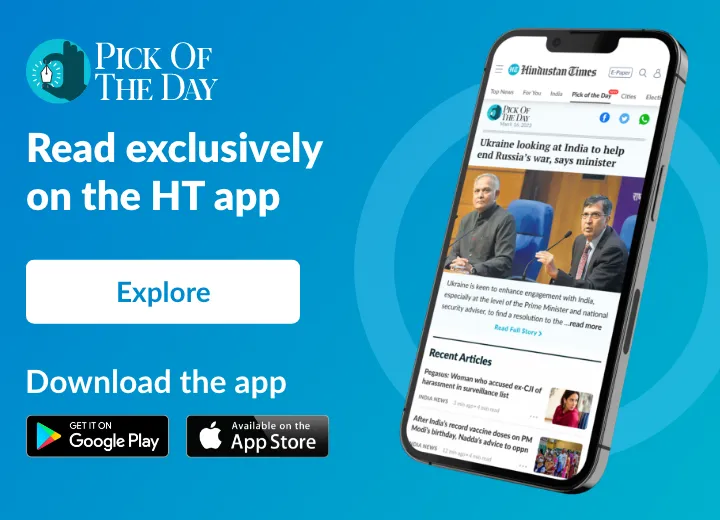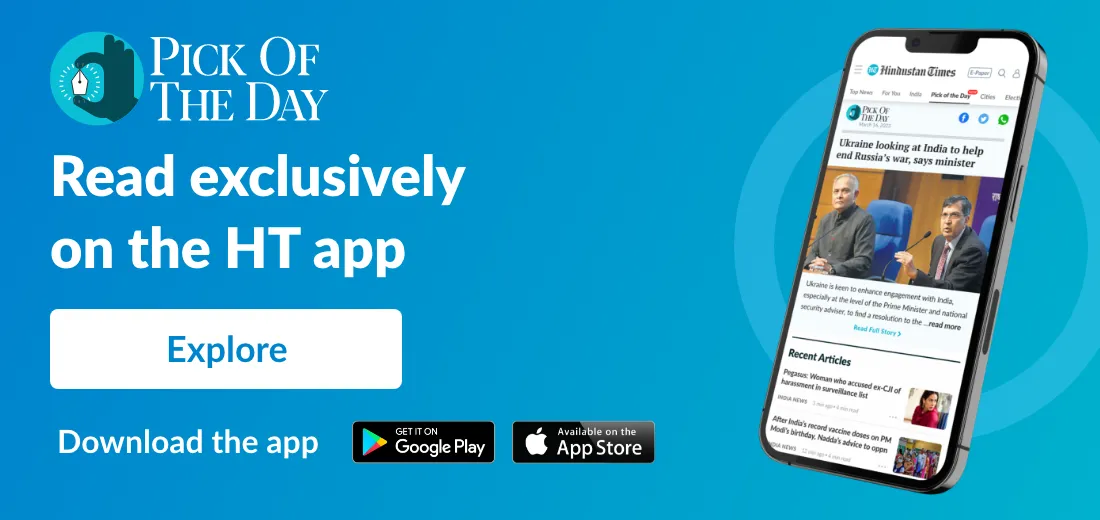20 years of YouTube and the future of the internet
It gave rise to a culture where unknown voices could find an audience. It was wild. It was unpredictable. It was exhilarating.
On March 3, the Supreme Court lifted its fortnight-old moratorium on a YouTuber making content. Think about that for a moment. The highest court did not fine or warn the man; instead, it had legally barred him from producing videos.

Ranveer Allahbadia, one of India’s most recognisable YouTubers, made some distasteful and vulgar comments in an episode of a comedy show that triggered an online firestorm. In response, the Supreme Court stepped in and ordered him to stop making content. Around the same time, the government issued an advisory asking social media and OTT platforms to enforce stricter access controls for A-rated content, in line with the IT Rules 2021.
But this is not about Allahbadia. This is about a moment in history — in India at least — where something fundamental is changing: the nature of the internet, what it once was, what it has become, and what it is turning into.
What happened here is a stress test for everything everyone takes for granted about digital speech. Who controls online expression — the platforms, courts, or the government? Where do users fit into this calculus?
When one of YouTube’s three co-founders Jawed Karim stood in front of an elephant enclosure at the San Diego Zoo in April 2005, he had no idea he was making history. The 19-second clip, Me at the Zoo, was the first video ever uploaded to YouTube. It was as ordinary as videos get — Karim pointing out the cool thing about elephants. But that video, unremarkable as it was, marked the start of something profound.
YouTube started as a place where people could share home videos and tutorials, document their lives, and broadcast whatever they wanted, free of the gatekeeping that controlled traditional media. It gave rise to a culture where unknown voices could find an audience. It was wild. It was unpredictable. It was exhilarating. But nothing stays that innocent forever.
Rahul Matthan, a Bengaluru-based lawyer and columnist for Mint, wrote of the early internet in February this year. The place was chaotic but thrilling. It was a space where ideas collided and conversations were unfiltered. But to make this new medium work, users had to learn an entirely different social grammar. Online conversations lacked the subtle cues of face-to-face interactions, so misunderstandings were common. To sustain digital dialogue, people developed an unwritten etiquette, an instinct for navigating faceless discussions. That version of the internet is unrecognisable today.
By the 2000s, as Matthan points out, social media transformed from a niche curiosity into a mass phenomenon. But the moment platforms realised that engagement was their currency, they rewired themselves to reward virality. The playbook was simple: “Shock, awe, and offend.” Algorithms ensured that content wasn’t just being amplified, but delivered to those most likely to react. Outrage was no longer a bug in the system. It was the system.
That is the internet Allahbadia operates in. And that is why we are here today.
How did this transition happen? A friend and colleague NS Ramnath pointed to Mike Masnick’s essay in Techdirt published in 2022. Masnick makes the comparison between content moderation and Elon Musk’s struggle with self-driving AI. Musk once predicted that Tesla would have fully autonomous cars within a year. But as time passed, he realised how complex the problem really was. Every time they made progress, they hit an unexpected ceiling.
Masnick argued that content moderation is even harder than self-driving AI because human communication is not governed by fixed rules. Context matters. Intent matters. A sentence can mean different things depending on who is listening and what they bring to the conversation. There is no final solution to moderation. There is no moment where we can say, “Problem solved.”
This is why regulation is a thorny issue. When the highest court in the land issues strictures against Allahabadia, and seeks regulation, it is being reactive and driven by outrage as opposed to careful deliberation. To be sure, the fact that it has clarified that it doesn’t want censorship is welcome, but it is not going to be easy. Governments want to impose order, platforms want to avoid liability, and creators are caught in the middle, trying to figure out what is permissible and what is not.
This is why this episode is worrying. The Supreme Court’s decision to restrain Allahbadia from making content -- one it removed on Monday -- set a precedent that is hard to ignore. The subsequent advisory from the ministry of Information & Broadcasting, asking platforms to include stricter adherence to the age-based classification of content may seem like a standard regulatory move, but it signals a tightening of control over digital content.
At some level, this was inevitable. The internet was never going to remain a free-for-all. But the question is not whether rules should exist. It is about who gets to write them and how they are enforced. There is a real risk that the cure could be worse than the disease. Overregulate, and you stifle speech. Under-regulate, and you let bad actors thrive. Finding the right balance is hard, but if we do not think carefully about the direction we are heading, we may not like where we end up.
For content creators, this controversy is a stark reminder that with a platform comes power, and with power comes responsibility. The early days of YouTube felt like the Wild West, when anyone with a camera and an idea could build an audience. Today, YouTubers command influence that rivals traditional media figures, but many still operate as if they are just independent voices speaking into the void.
That era is over. If you have millions of followers, what you say — whether online or offline — carries weight. And when the lines between public persona and private individual blur, scrutiny follows.
Allahbadia may have miscalculated. There is a tendency among some influencers to chase provocation, assuming that controversy is just another engagement strategy. But audiences and regulators are catching up. The internet no longer sees influencers as just “regular people with opinions”. The moment you have a stage, you are judged by the standards of that stage.
It is very likely that we are moving toward a world where creators will need to be as mindful of compliance as they are of creativity. The trade-off is a more sanitised, self-censored internet. Some will welcome this as necessary discipline. Others will mourn the loss of the raw, unfiltered authenticity that made platforms such as YouTube special. That is especially poignant -- coming as it does around the 20th anniversary of the platform.
This controversy is not just about one YouTuber or one advisory. It is about defining the future of the internet in India. If we overregulate, we risk turning social media into a dull, risk-averse extension of traditional media, where only sanitized, government-approved voices thrive. If we underregulate, we leave the door open for misinformation, harm, and a race to the bottom.
YouTube’s 20th anniversary should have been a moment to reflect on how far the internet has come. Instead, we are grappling with fundamental questions about its future. And for once, there are no easy answers.








